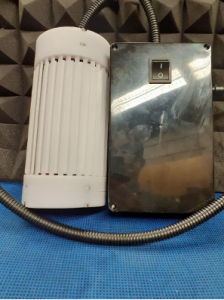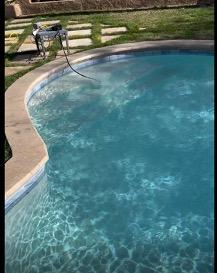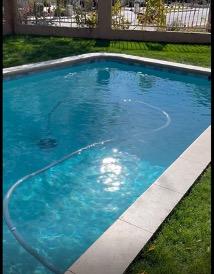Ammonia & Activated-sludge
AquaB took meatpacking-plant wastewater with very high levels of ammonia, and applied the same activated-sludge culture therein in a nanobubble generator designed for continuous-flow processing of suspended-solids water.
Dealing with ammonia in wastewater treatment (WWT) is a huge challenge, especially with agricultural wastewater, e.g., from poultry, livestock and pig farmers, and through slaughterhouses. The oxidation and stripping of ammonia by NBs is very important, and NBs are showing themselves to be able to address by the presence of Reactive Oxygen Species (ROS). AquaB has also developed a NB generator which is capable of NB-aerating and nano-gasifying water containing suspended solids.
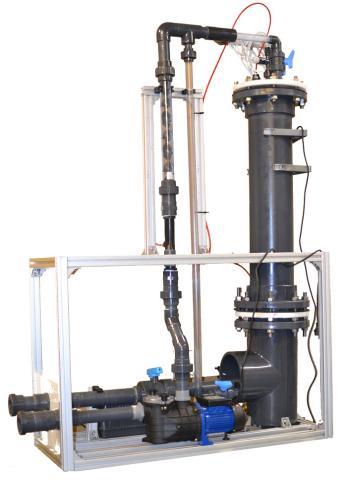
Taking in just ambient air, the oxidation/stripping of ammonia is spectacular in samples of activated-sludge water, when compared to fine bubbles.
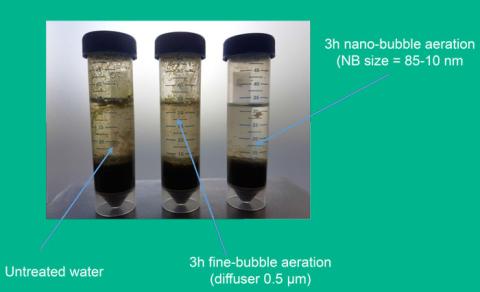
The kinetics of abiotic ammonia oxidation are impressive, in minutes to hours, in this AS culture -much less than many days for biological processes (using autotrophic bacteria, which tend to get “indigestion problems” if subject to high loads of ammonia, anyway).
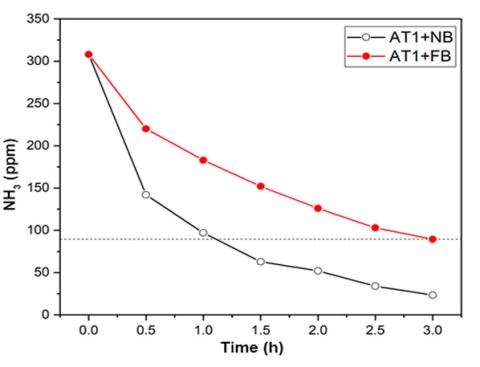
The presence of reactive oxygen species (ROS), which are made inherently and naturally by AquaB’s electrostrictive nanobubble-generation approach, enhances ammonia degradation. Depending on the pH, the ammonia-handling kinetics mechanisms shift from stripping to oxidation.
The “reservoir effect” of nano-dissolved oxygen, at about 6-10 mg/l, in the nano-phase (NBs) being transported into the conventionally-dissolved state (i.e., “DO”, as measured by a standard Winkler electrochemical probe) keeps the DO at 3-3.5 mg/l – just perfect for AS!! Without NBs, and their “nano-resilience” to replenish DO in a self-correcting way, the DO plummets down to 1 mg/l.
Dissolved-Air Flotation
The nano-gasification of cleaner water, with little suspended solids, is important – whether aeration or carbonation, etc. This can be put to use in agriculture, cleaning, water-body aeration/carbonation, and Dissolved-Air Flotation. Also, in terms of Recirculation-Aeration Systems (RAS) and flocculation-based minerals separation, this is important.
Using nano-aeration in a continuous-flow generator, AquaB carried out recirculation.
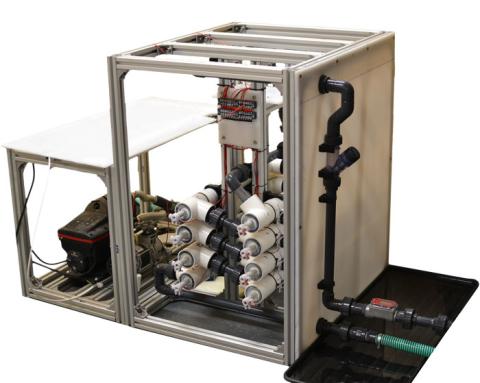
In a nutshell, with established NBs (without the robust, “thick skin” of AquaB NBs), they allow for much better surface-area-to-volume (A/V) ratio, and this is reflected in how micro- and nano-bubbles generally improve flotation results (which, incidentally, is also good for flocculation operations in mining operations – i.e., downstream processing of minerals separation).
However, the AquaB NBs allow for a far greater level of “thick skin”, owing to the ‘quasi-liquid layer’ inherent in the “bottom-up” way in which they are made (by sucking in gas at gas/liquid and bubble/liquid interfaces via electrostriction). This “hoovers up” or “mops up” a certain number of ions into their “electrostatic orbit” (affecting also a degree of “first-pass” desalination without osmosis, or, God forbid, evaporation). Because AquaB NBs have a much higher density – in effect, “ultra-dense NBs” – they then can (and do) adsorb a proportion ions into their ‘entourage’. This means that they would be expected to “take on” more ions, for example, than thinner-skinned, less stable NBs and micro-bubbles. In particular, the ROS can also lead to a degree of virus deactivation.
By forming these electrostatic, now-micron-sized “colonies” or communities of dense NBs with ions and microscopic/nanoscopic particulates “clinging on for dear life”, they then start to rise and float with substantially enhanced flocculation. “Naked” NBs, bereft of their cloak of ions, are not subject to buoyancy per se, but the larger communities do rise. Incidentally, this also boosts Dissolved Air Flotation, as one can see below in digestate water from anaerobic digestion – so as being able to scoop off the “organic-fertiliser gold” floating atop.
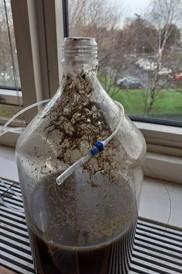
Nano-Aeration: Water-Body’s Algal-Bloom Manipulation
The blighting of under-aerated water bodies (e.g., waterways, ponds, canals, reservoirs) by algal blooms is a problem, especially if this leads to eutrophication of the water body. In another sense, being able to infuse CO2 in water in the form of NBs and have this a way of cultivating certain strains of algae is another possibility of “nano-phase engineering”.
AquaB used a smaller-scale immersed design as per below – which is “plug-and-play”. We show photos of pristine water-body aeration in which eliminated algae, with “double saturation” of the oxygen solubility – in both traditionally- and nano-dissolved forms – at full saturation (DO – 8 mg/l and nano-dissolved state at approx. 10 mg/l).
